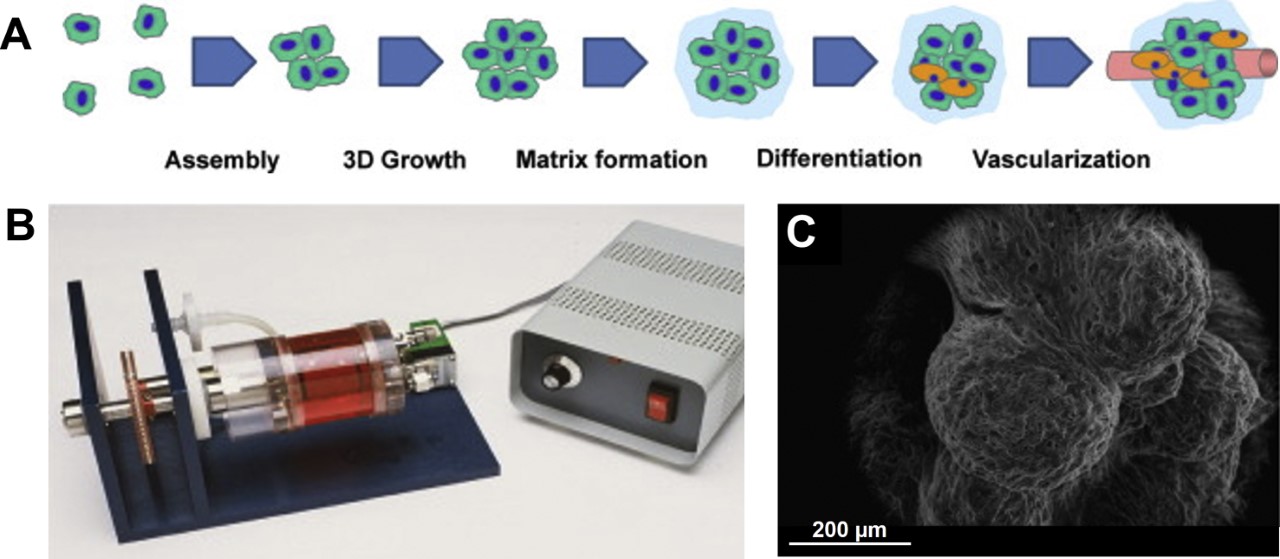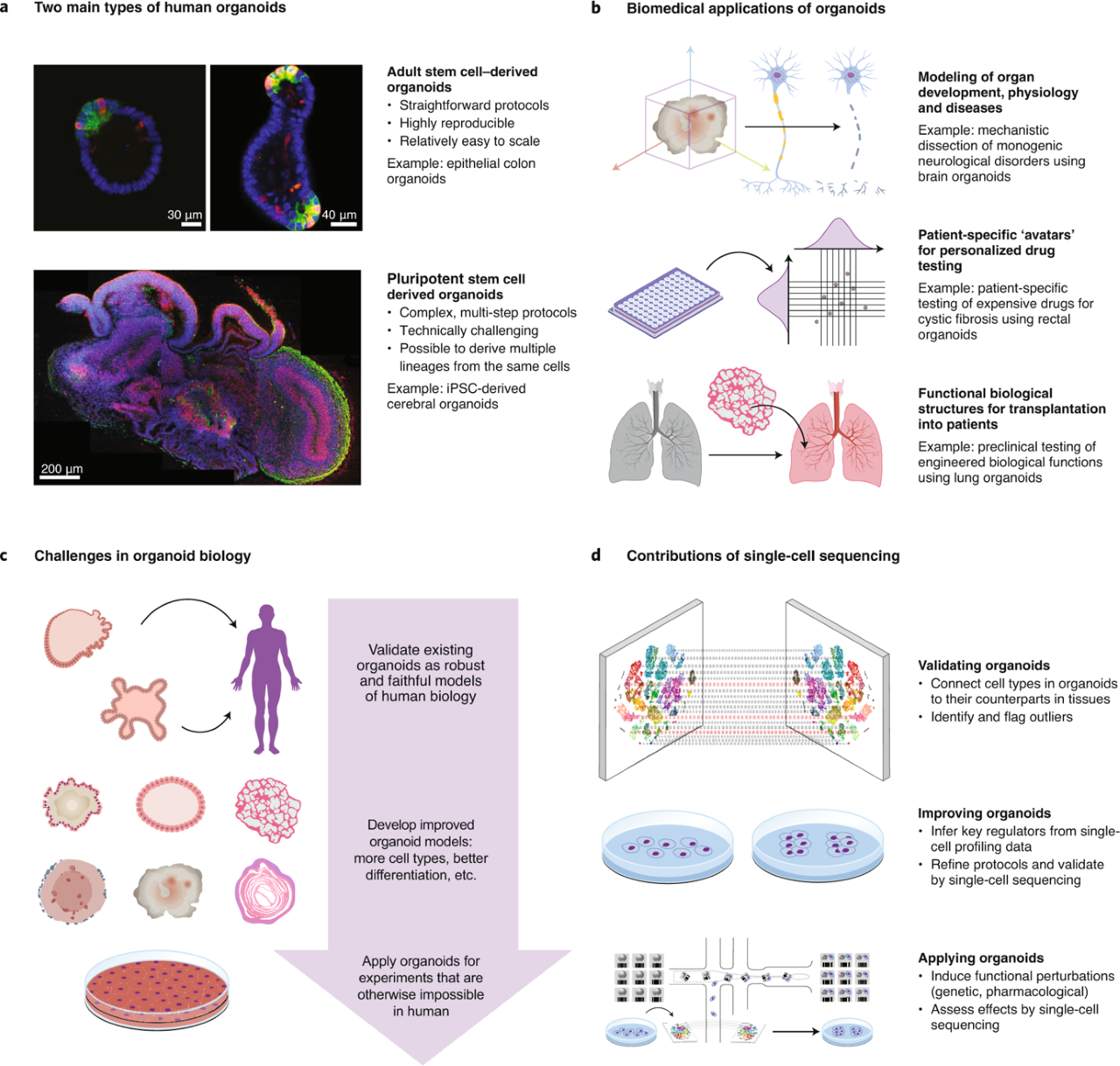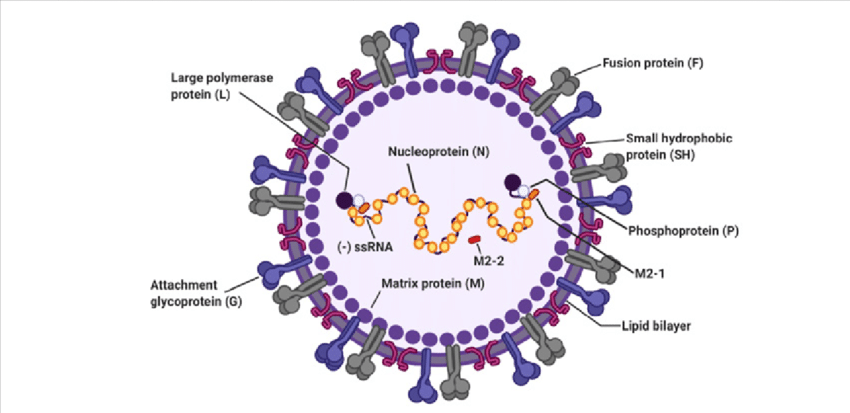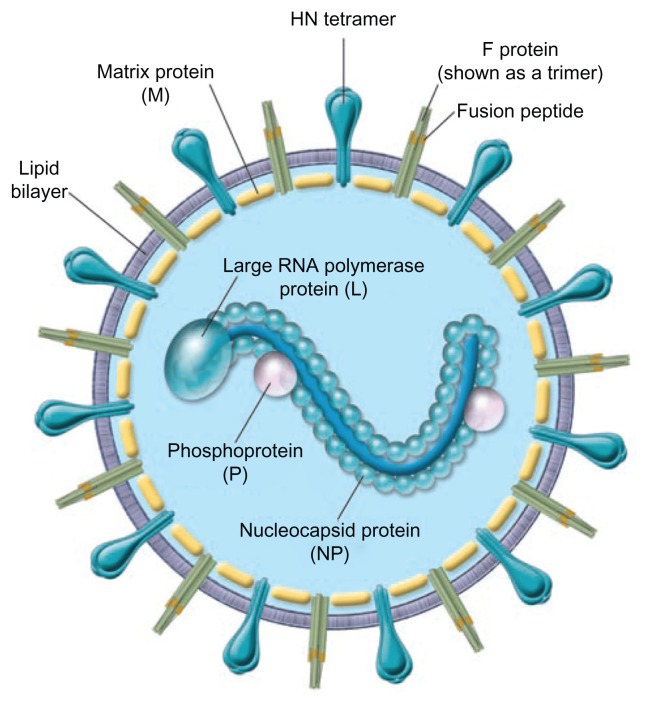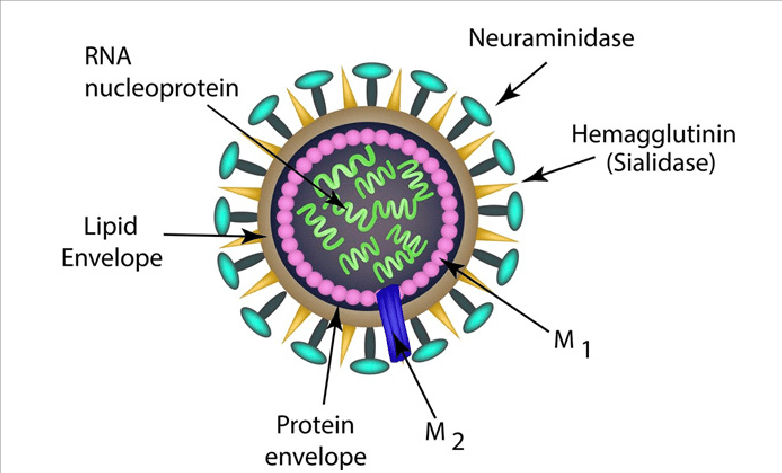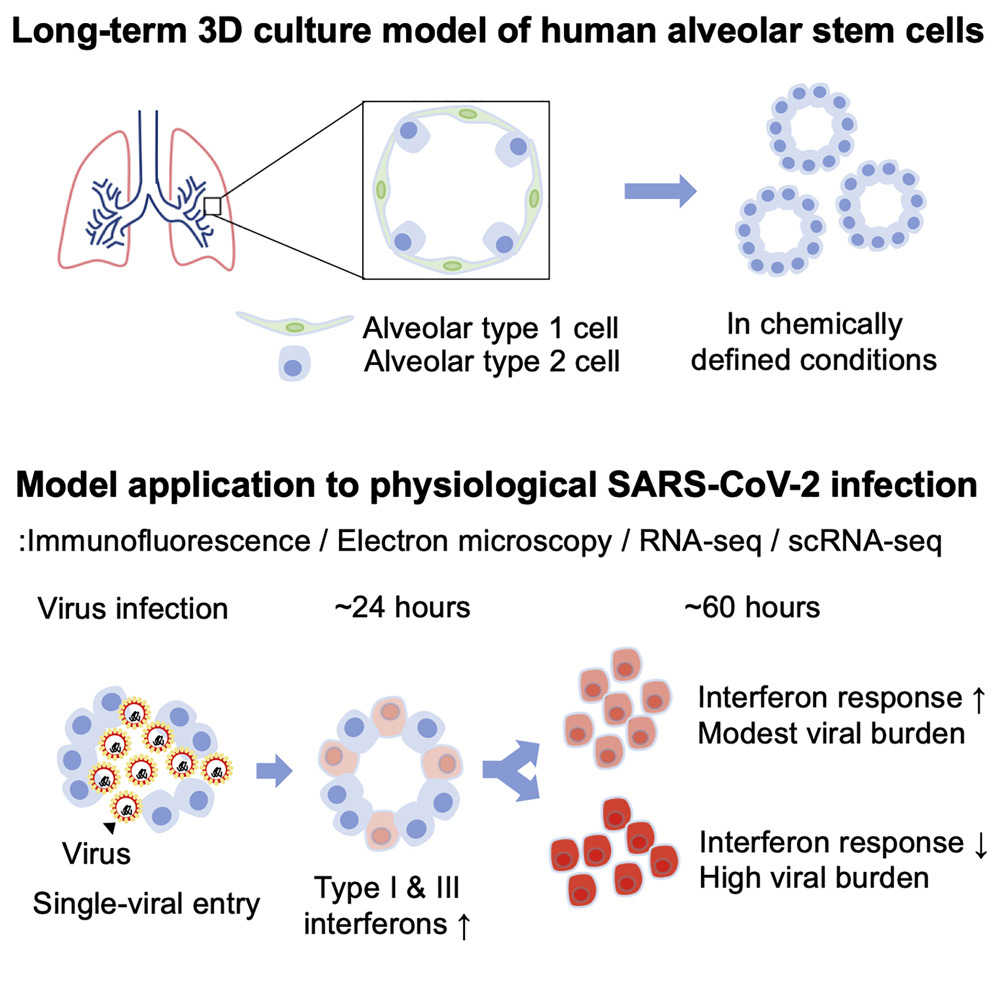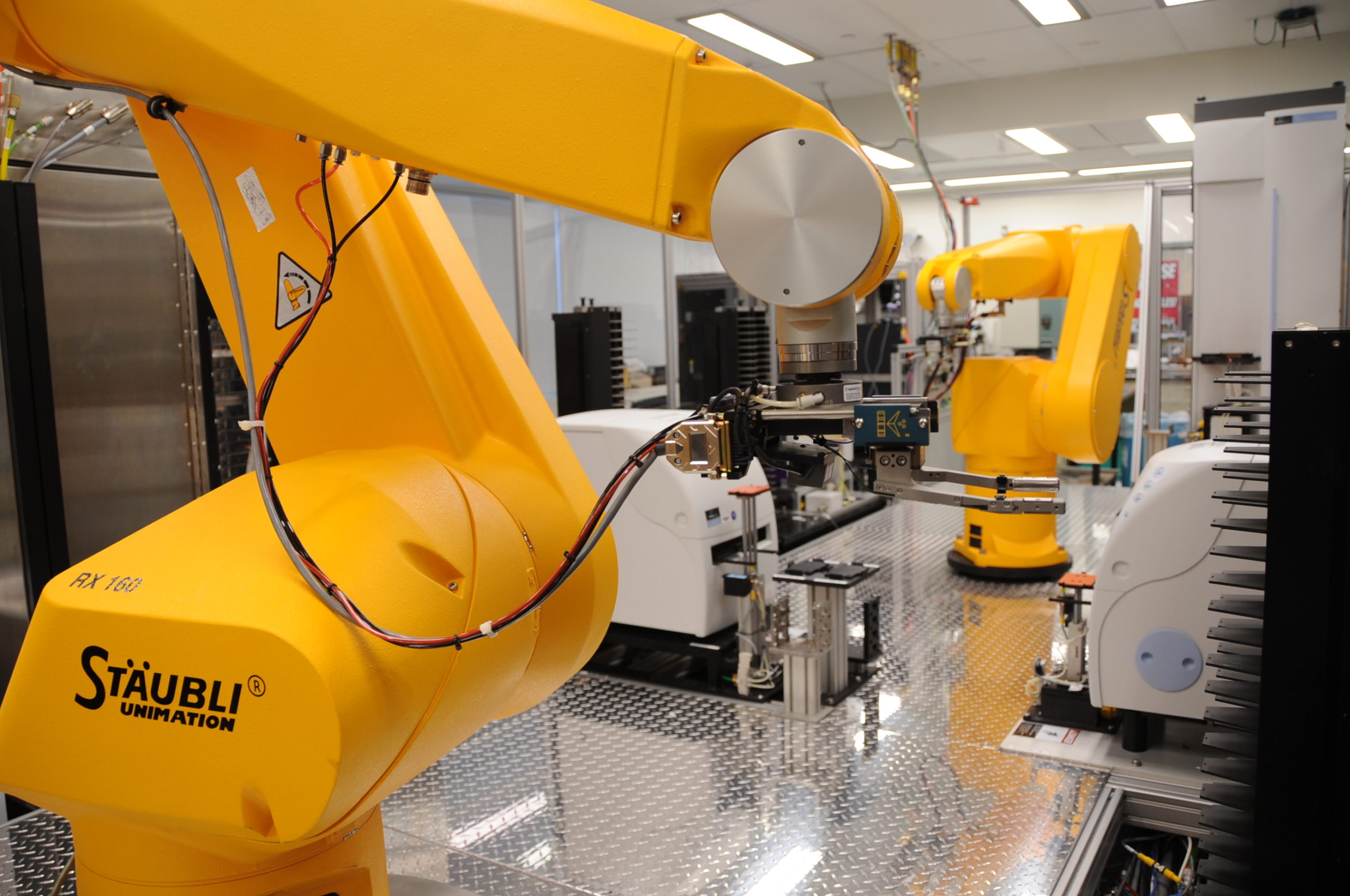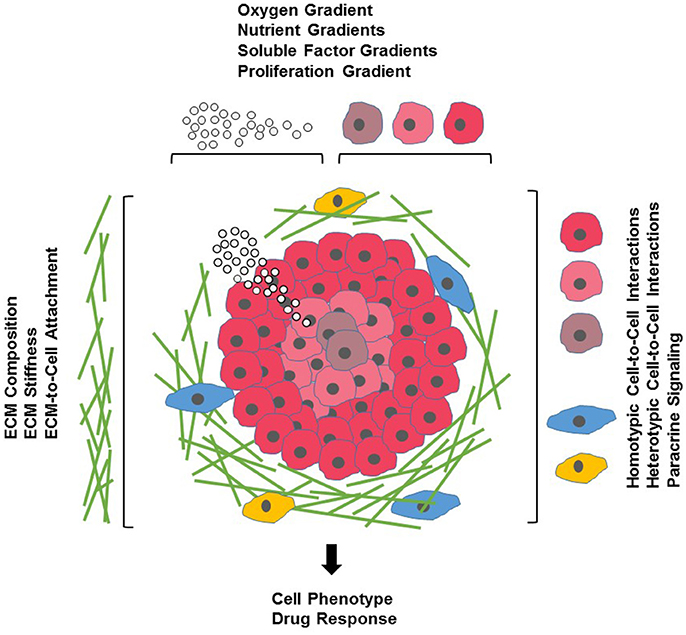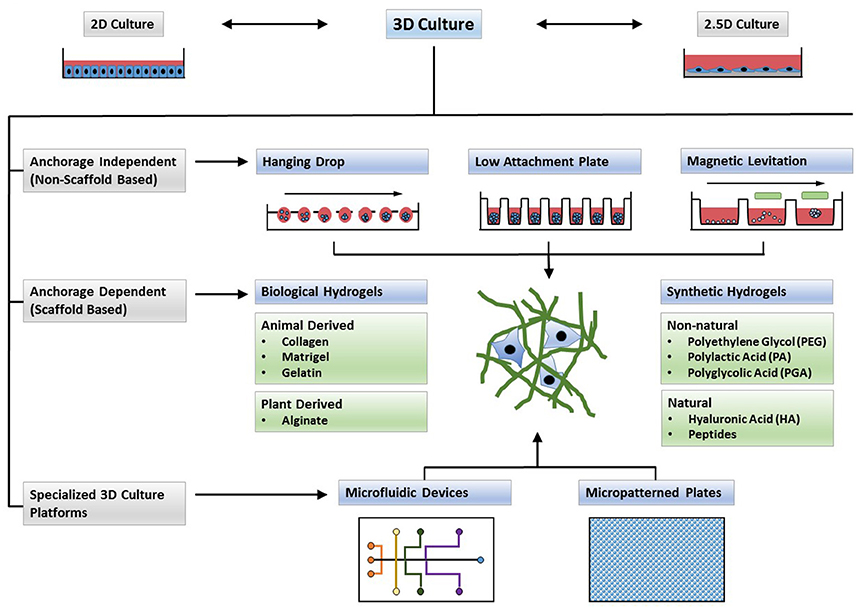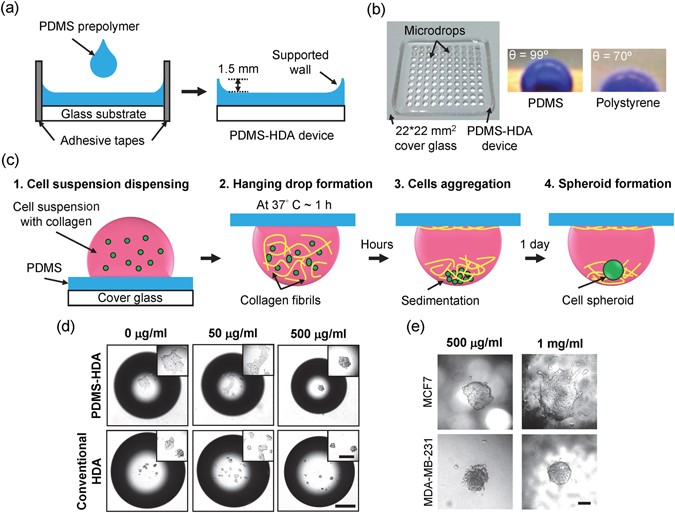3D CELL CULTURES TO STUDY THE NEUROLOGICAL DISORDERS
Severe acute respiratory syndrome coronavirus 2 (SARS CoV-2) pandemic has been at the center of attention in public health due to its severity resulting in high mortality rates around the globe. 2D and 3D cell cultures have played a crucial
Human organoids : Soon to replace animal models?
Scaffold based cell culture systems namely organoids are reviewed as a promising option for studying biomedical applications. Human organoids are a tool for drug screening and study disease progression. These 3D cell cultures replicate important aspects of the in-vivo micro-environment
3D cell culture as a suitable model for respiratory syncytial virus
Respiratory Syncytial Virus (RSV) is one of the most common respiratory tract viruses with high mortality rate among infants below the age of 5. Within the adult population it can cause chronic disease and weaker immunity. RSV is mainly found
3D cultures for Parainfluenza viruses
3D cultures are now being extensively used to study the effects of respiratory viruses on host tissues. 3D cultures contain a modifiable platform to culture cells, that allows for development of in-vivo like structure and function of cells, resulting in
3D cell culture models for Influenza viruses
Traditionally cell based studies for respiratory viruses were performed on 2D monolayer cell cultures. In-vivo studies heavily relied on animal models. Both types of models however were not successful at accurately mimicking the in-vivo physiology and pathophysiology of cells in
3D Cultures to study the effects of respiratory infections
In the past 2 years, with the Covid-19 pandemic we have witnessed how a single virus can cripple the economy of nations and impact every day life. Respiratory viral infections, which includes severe acute respiratory syndrome coronaviruses (SARS-CoV) remains among
High throughput screening
High throughput screening (HTS) is a technique utilised in scientific experimentation in fields of biology, materials science and chemistry. It has become the method of choice in drug discovery processes. HTS utilises advanced robotics, data processing software, liquid handling devices
Scaffold free 3D cell culture models for high throughput screening
Scaffold free 3D cultures are cultivated in specialised cell repellant culture plates that causes cells to self aggregate. These involve hanging drop microplates, low adhesion plates with specialised polymer coating such as BIOFLOAT 96-well plates that encourages spheroid formation, or
Scaffold dependent 3D models for high throughput screening
Scaffold dependent 3D cell cultures rely on physical support that ranges from mechanical surfaces to extra cellular matrix (ECM) like structures on which cells are cultivated to aggregate, divide and migrate. The physical and chemical properties of the scaffold will
Spheroid Culture System: Advantages, and Mechanism
Spheroid culture system is a revolutionary 3D cell culture system that is relatively low tech, easy to use and easily reproducible. Spheroid system aids the formation of in-vivo like cell structure, where cells maintain their native phenotype, and extra-cellular matrix


